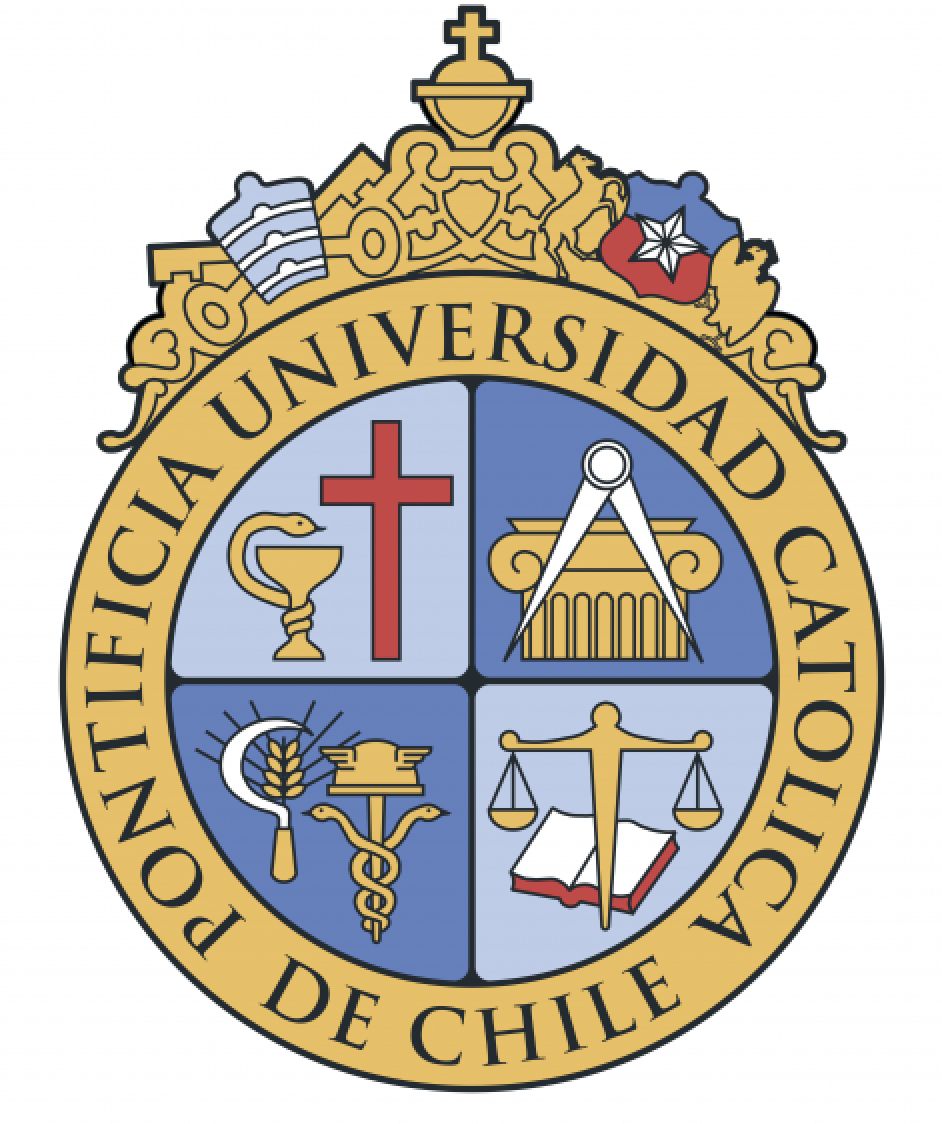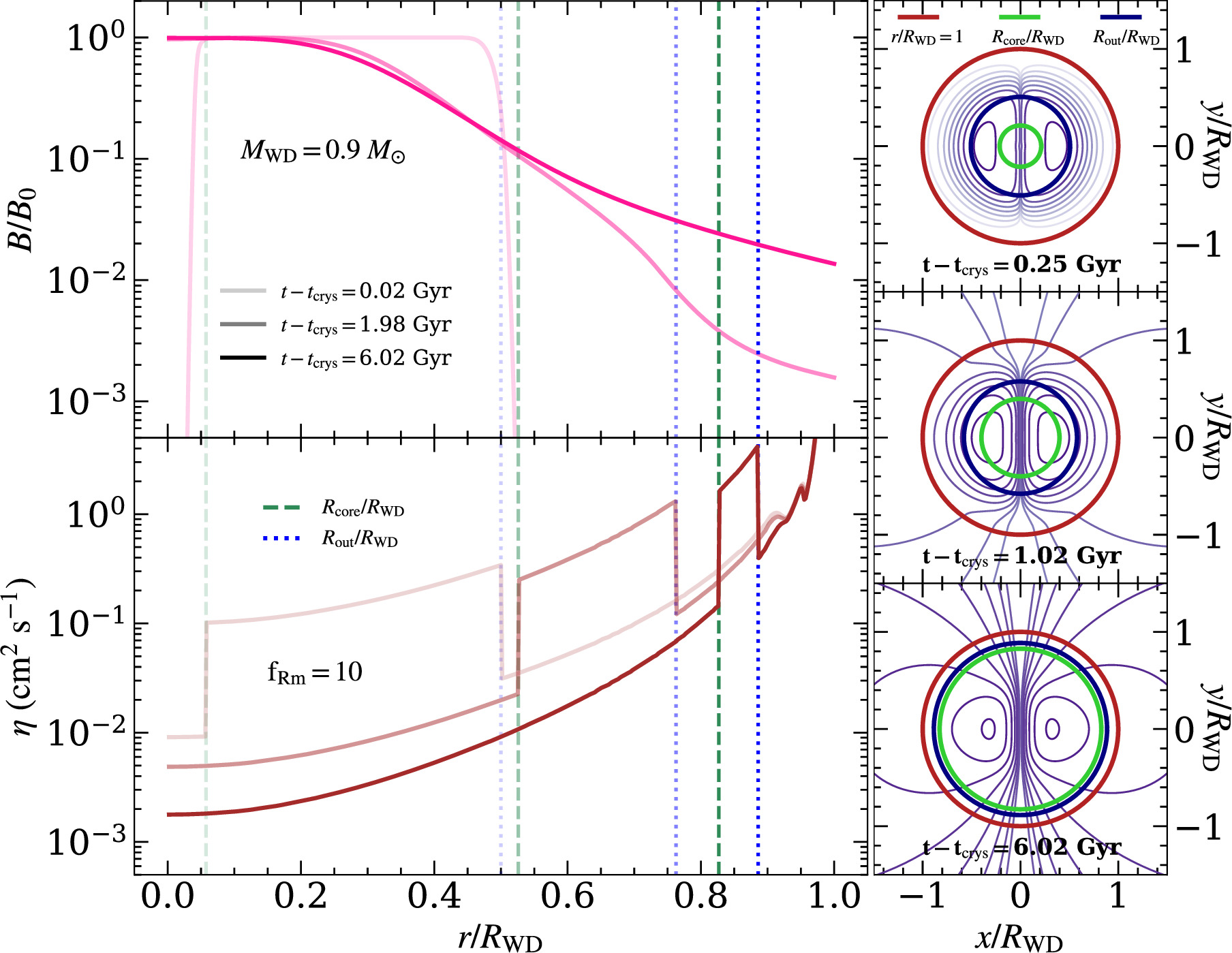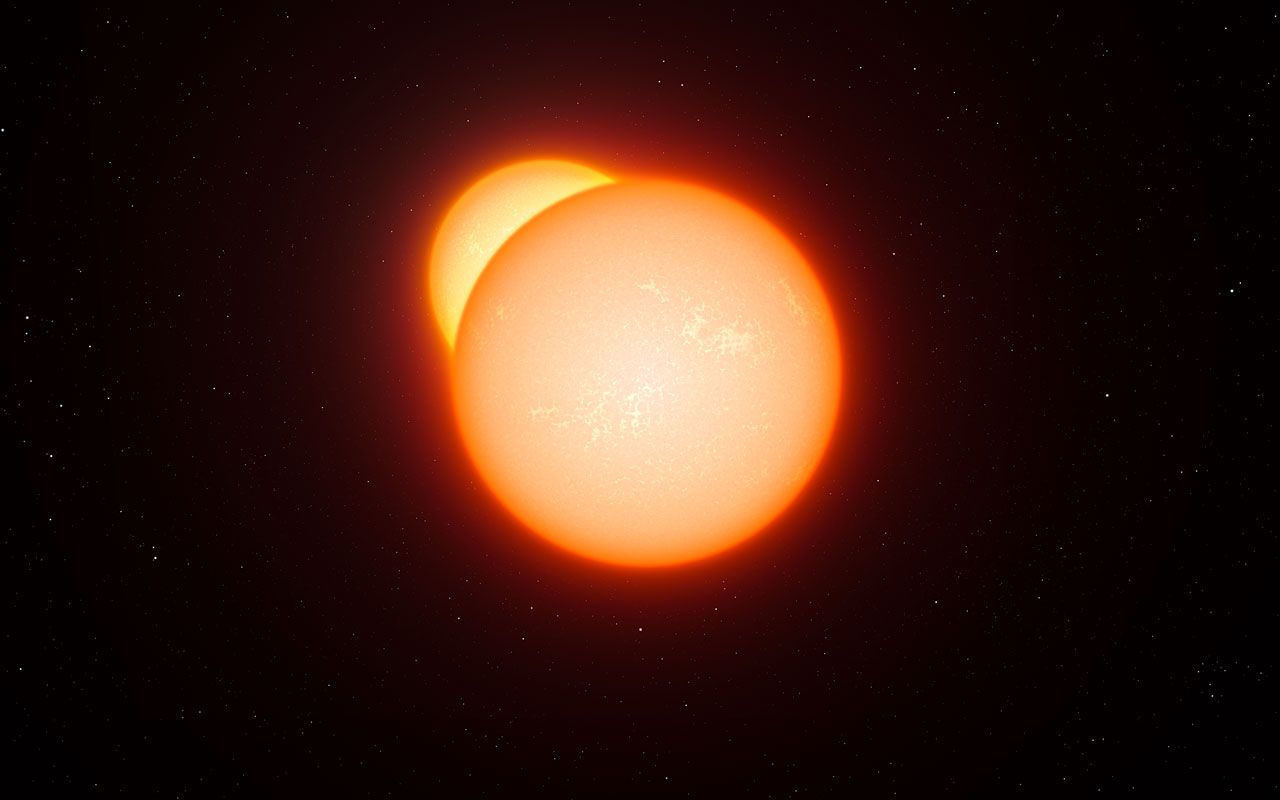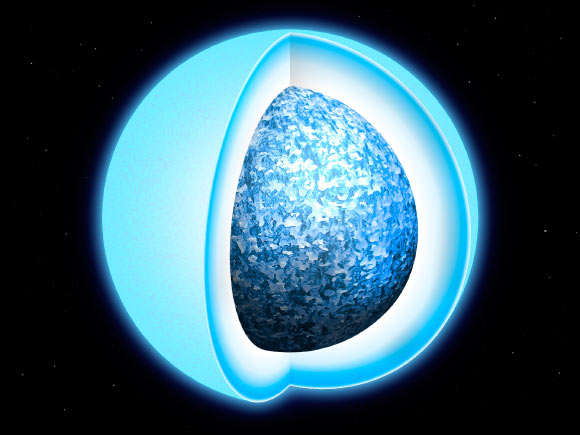
 PhD Student at McGill University
PhD Student at McGill UniversityHi! I'm a PhD student in Physics at McGill University since August 2022. I work on computational modeling of the structure and evolution of white dwarf stars, under the supervision of Prof. Andrew Cumming. My research combines concepts of phase transitions, fluid dynamics, and magnetic fields to investigate convection and crystallization in white dwarf stars. Previously, I pursued my undergraduate studies in Astronomy in my home country at Pontificia Universidad Católica de Chile , where I investigated the lithium abundance and radial velocity variabilities of red giant stars under the supervision of Prof. Claudia Aguilera-Gómez and Prof. Julio Chanamé.
In my free time, I enjoy playing music, drawing, painting, and visiting natural landscapes.
Warning
Problem: The current name of your GitHub Pages repository ("Solution: Please consider renaming the repository to "
http://".
However, if the current repository name is intended, you can ignore this message by removing "{% include widgets/debug_repo_name.html %}" in index.html.
Action required
Problem: The current root path of this site is "baseurl ("_config.yml.
Solution: Please set the
baseurl in _config.yml to "Education
-
 McGill UniversityDepartment of Physics and Trottier Space Institute
McGill UniversityDepartment of Physics and Trottier Space Institute
Ph.D. StudentAug. 2022 - present -
 Pontificia Universidad Católica de ChileB.S. in AstronomyMar. 2017 - Jul. 2021
Pontificia Universidad Católica de ChileB.S. in AstronomyMar. 2017 - Jul. 2021
Honors & Awards
-
Max Binz Fellowship2024
-
Alexander McFee Memorial Fellowship2022
-
Bicentenario Scholarship 2017-20212021
-
Excelencia UC Scholarship 2017-20212021
-
Rosa Tocornal Scholarship 2017-20212021
News
Selected Publications (view all )

Magnetic Field Evolution for Crystallization-driven Dynamos in C/O White Dwarfs
Matias Castro-Tapia (McGill), Shu Zhang (McGill), Andrew Cumming (McGill)
The Astrophysical Journal 2024
We investigate the evolution of magnetic fields generated by the crystallization-driven dynamo in carbon–oxygen white dwarfs (WDs) with masses ≲1.05 M⊙. We find that the crystallization-driven dynamo theory could explain only magnetic C/O WDs with field strengths less than a few megagauss.
Magnetic Field Evolution for Crystallization-driven Dynamos in C/O White Dwarfs
Matias Castro-Tapia (McGill), Shu Zhang (McGill), Andrew Cumming (McGill)
The Astrophysical Journal 2024
We investigate the evolution of magnetic fields generated by the crystallization-driven dynamo in carbon–oxygen white dwarfs (WDs) with masses ≲1.05 M⊙. We find that the crystallization-driven dynamo theory could explain only magnetic C/O WDs with field strengths less than a few megagauss.

Are lithium-rich giants binaries? A radial velocity variability analysis of 1400 giants
Matias Castro-Tapia (McGill), Claudia Aguilera-Gómez (PUC Chile), Julio Chanamé (PUC Chile)
Astronomy & Astrophysics 2024
Photo by ESO. We assembled the largest possible sample of low-mass giants with well-measured Li abundances, to determine with high statistical significance the close binary fractions of Li-rich and Li-normal giants, and thus test the binary interaction scenario for the emergence of Li-rich giants.
Are lithium-rich giants binaries? A radial velocity variability analysis of 1400 giants
Matias Castro-Tapia (McGill), Claudia Aguilera-Gómez (PUC Chile), Julio Chanamé (PUC Chile)
Astronomy & Astrophysics 2024
Photo by ESO. We assembled the largest possible sample of low-mass giants with well-measured Li abundances, to determine with high statistical significance the close binary fractions of Li-rich and Li-normal giants, and thus test the binary interaction scenario for the emergence of Li-rich giants.

Fast and Slow Crystallization-driven Convection in White Dwarfs
Matias Castro-Tapia (McGill), Andrew Cumming (McGill), J.R Fuentes (CU Boulder)
The Astrophysical Journal 2024
Photo by Mark Garlick / University of Warwick. We investigate crystallization-driven convection in carbon-oxygen white dwarfs. We present a version of the mixing length theory that self-consistently includes the effects of thermal diffusion and composition gradients, and provides solutions for the convective parameters based on the local heat and composition fluxes.
Fast and Slow Crystallization-driven Convection in White Dwarfs
Matias Castro-Tapia (McGill), Andrew Cumming (McGill), J.R Fuentes (CU Boulder)
The Astrophysical Journal 2024
Photo by Mark Garlick / University of Warwick. We investigate crystallization-driven convection in carbon-oxygen white dwarfs. We present a version of the mixing length theory that self-consistently includes the effects of thermal diffusion and composition gradients, and provides solutions for the convective parameters based on the local heat and composition fluxes.